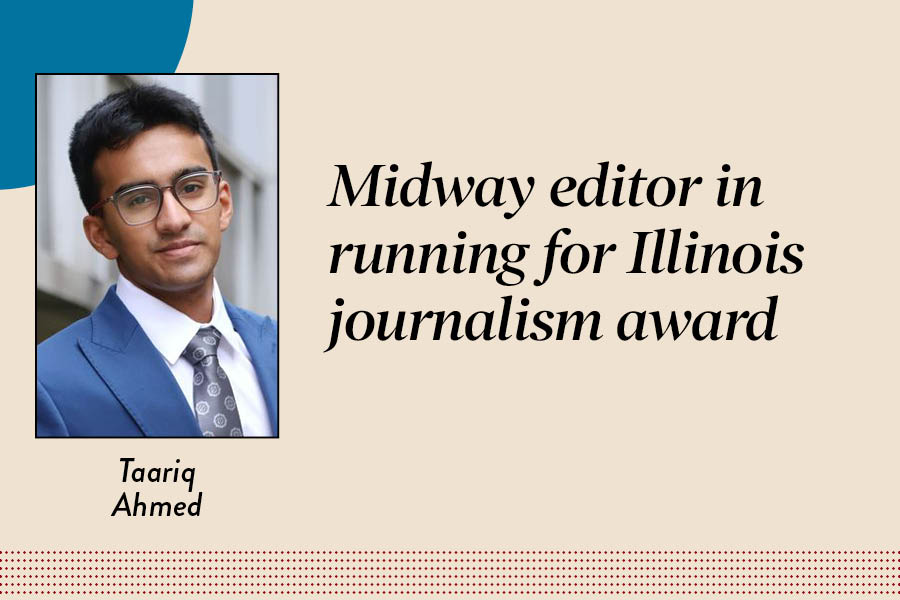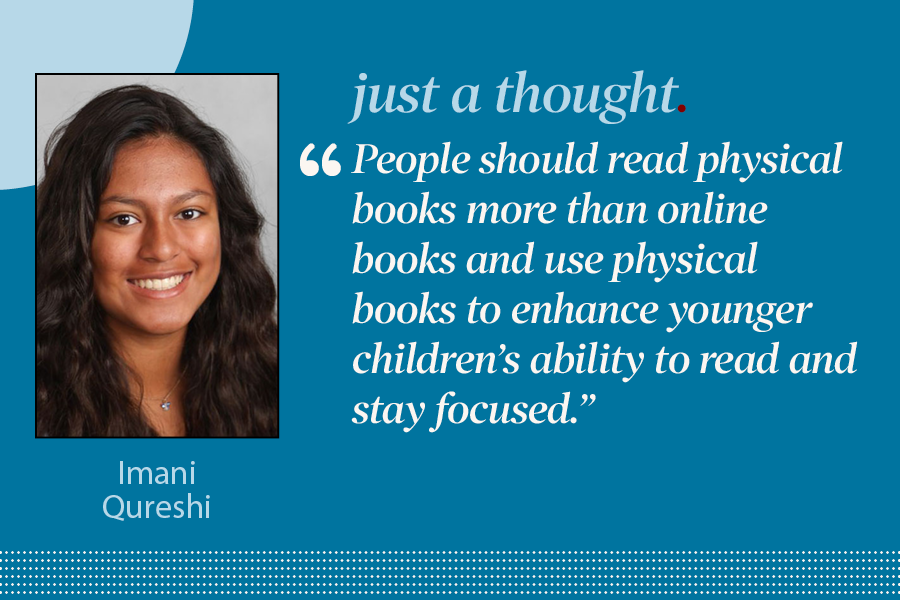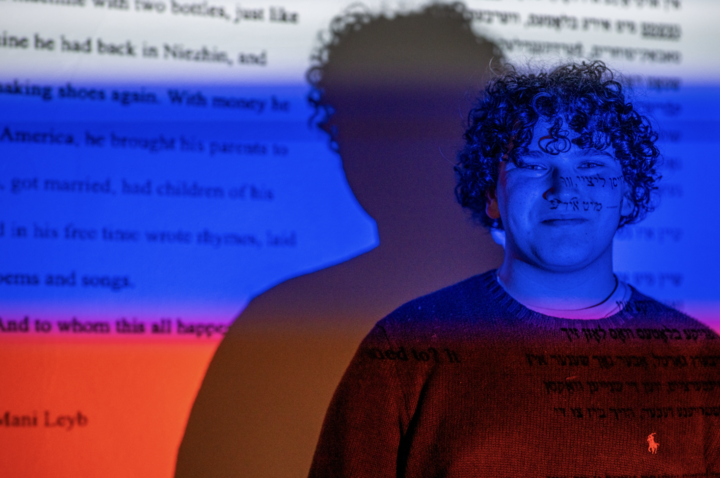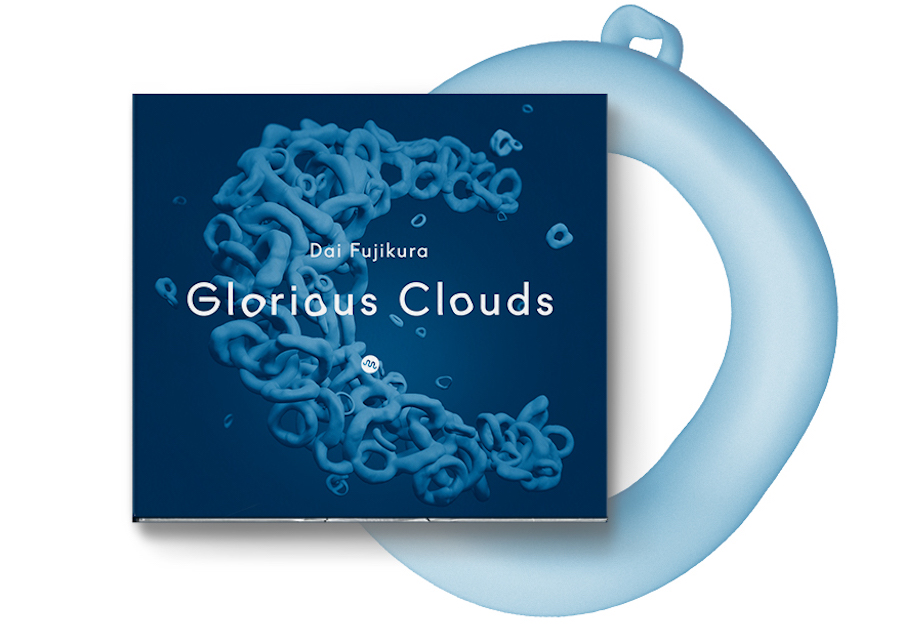Composer’s uneven new album carried by excellent title piece
Minabel
“Glorious Clouds” features a wealth of solo, chamber and orchestral music, and the highlight of the album is its title piece.
January 17, 2022
Composer Dai Fujikura’s new album, “Glorious Clouds,” features a wealth of solo, chamber and orchestral music totaling 2.5 hours. With influences including Pierre Boulez, Gyorgy Ligeti and Japanese traditional music, the new release follows three operas, a piano concerto written for Martha Argerich and a wealth of commissions for groups like the Tokyo Philharmonic and Ensemble Intercontemporain.
The highlight of the album is the title piece, an astonishing 18-minute piece for orchestra based around the shimmering rising-and-falling movements of different instrumental sections. Coupled with an unexpectedly energetic ending, this is peak contemporary orchestral writing.
The rest of the album is devoted mainly to solo instrumental pieces and a few shorter ensemble pieces. These are more uneven, with “Star Compass” for viola and “Yuri” for koto and voice being strong, and “Motion Notions” for violin and motion sensor and “Repetition/Recollection” for marimba feeling somewhat aimless. However, the music is interesting if not always well-formed, and the shamisen concerto is quite enjoyable even when the solo line becomes too repetitive.
“Glorious Clouds” is a successful release of contemporary music written for a wide array of instruments. Although the quality of the solo studies are uneven, everyone should hear the mesmerizing title piece as an example of the best writing for orchestra today.































































